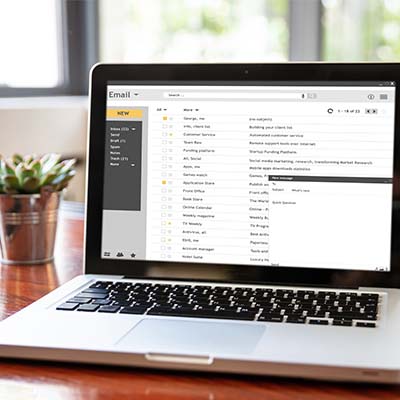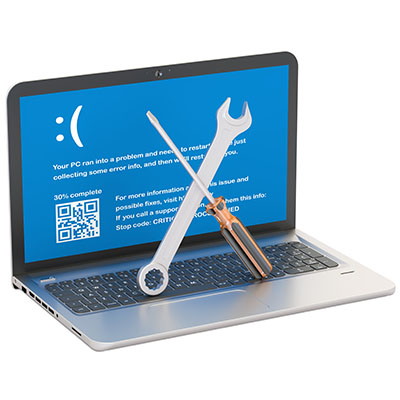The past several years have brought about a shift in the workforce, and it’s not one that anyone could have seen coming. More people than ever before are leaving their jobs. How can you keep your employees engaged so they have a minimal chance of leaving their position within your company?
Remote work has been growing for years, but as it becomes more commonplace it becomes more difficult for business owners and managers to ascertain how engaged a remote employee is. This week, we thought we’d discuss a couple of ways that you can keep your remote employees engaged and productive.
While we’re all for efficiency, there are some boundaries that should not be crossed for everyone’s benefit. Take, for instance, the email you use to subscribe to online services. While it may be tempting (or, for some people, automatic) to use your work email address when you sign up for, say, your Netflix account or an online merchant, we wanted to discuss why this is a bad habit to get into that could have lasting consequences.
You’ve no doubt noticed that innovation is motoring ahead and a lot of businesses are now implementing technology to help build efficient, reliable processes to improve business operations and customer satisfaction. Unfortunately, many companies hang on to outdated methods for evaluating and implementing technology and it results in substantial lost value. Today, we will go through a few ways you can get the value your business needs from its technology decisions.
In any business, the capacity to collaborate is critical to success. In order to do so most optimally, it helps to carry out a few preliminary and overarching practices. Let’s go over a few such practices to help bring your team’s collaborative activities together.
Did you know that people tend to spend an average of 3-5 hours on their phones every day? The smartphone might be one of the most useful modern tools out there, but it can get in the way of running your business if you let it. Here are a couple of ways you can get the most out of your smartphone for business purposes.
Microsoft Office is a super useful collection of software that serves the purposes of just about any business, at least to some degree. Since it is so popular—taking up almost half of the office productivity software market in February 2022—we figured it would be helpful to share a few tips to help speed up some of the things you may be spending time on now.
The workplace is, fittingly, a place for work to be done. While there are a lot of factors that can contribute to a person’s day-to-day productivity, having a space that is conducive to accomplishing their work tasks can be seen as essential. Let’s go over how you can design a workspace that does just that:
There are countless issues that could arise when it comes to managing and maintaining your technology, but the people who are in charge of the process should not be one of them. If you don’t have a dedicated IT team to take care of your business technology, you might not be properly maintaining your technology. Thankfully, there are ways to get around limited resources, and it might not be what you think.
When you think of downtime, you probably think about the power or your Internet connection going out and leaving you unable to do work. Unfortunately, these are anecdotes that seem benign, but are actually extraordinarily costly. When interruptions to your business’ computing infrastructure are constantly hindering productivity, you need to come up with a solution.










